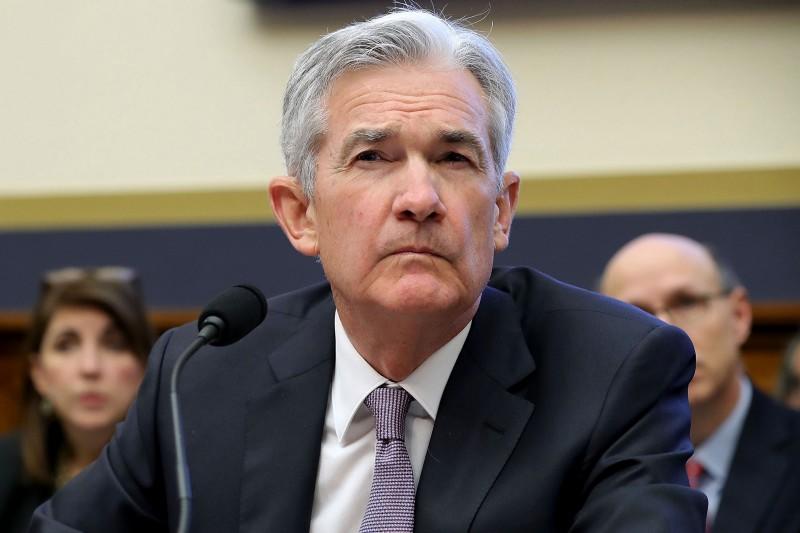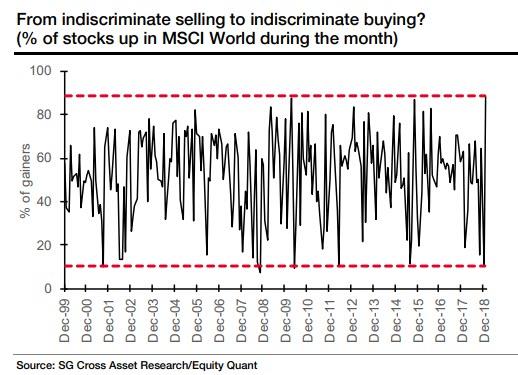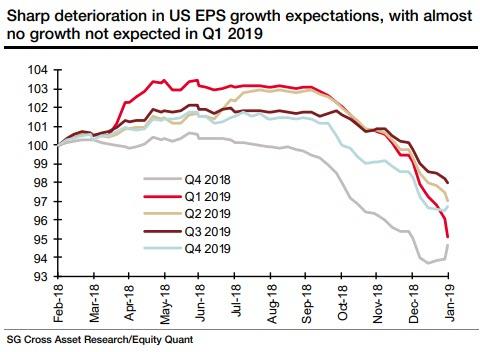 The trail leading to the bungled drug raid that killed a middle-aged couple at their home in Houston on Monday began with a January 8 phone call from an anonymous woman who claimed to be standing outside the house and looking through a window. The woman told police “her daughter was in the house, and there were guns and heroin,” Houston Police Chief Art Acevedo said at a press conference yesterday.
The trail leading to the bungled drug raid that killed a middle-aged couple at their home in Houston on Monday began with a January 8 phone call from an anonymous woman who claimed to be standing outside the house and looking through a window. The woman told police “her daughter was in the house, and there were guns and heroin,” Houston Police Chief Art Acevedo said at a press conference yesterday.
Two patrol officers dispatched to the house could not find the caller, but they reported that they heard another woman who was walking down the street say “the police are at the dope house” while talking on a cellphone. The officers called the woman who made the complaint. “She stated she did not want to give any information because they were drug dealers and they would kill her,” Acevedo said. “She wanted the officers to go into the house and get her daughter.”
The officers explained that they had no authority to do that, but they shared the information with the Houston Police Department’s Narcotics Division, which began an investigation on January 11. The investgation included a “controlled buy” by a confidential informant who reported seeing a 9mm semi-automatic pistol and “a large quantity of plastic baggies” containing black-tar heroin at the house on Sunday.
Police found neither of those things when they searched the house the next day after breaking down the door and setting off a shootout in which Dennis Tuttle and Rhogena Nicholas were killed and five officers were injured. Acevedo said there was no heroin, just “small amounts” of cocaine and marijuana. And contrary to the anonymous complainant’s description of Tuttle and Nicholas as scary, bloodthirsty drug dealers, neither had any criminal record to speak of, and both were described by neighbors as “wonderful people” who “never bothered anybody.” Police did not know any of that before the raid, despite an investigation that supposedly spanned two weeks. They did not even know the suspects’ names before they charged into the house, where Tuttle and Nicholas had lived for more than two decades.
Acevedo had no explanation for why police did not find the drug that was the justification for the search, even though the house supposedly was under surveillance by narcotics officers between the controlled buy and the raid. As for the disappearing pistol, Acevedo implausibly speculated that the C.I. might not have been familiar enough with firearms to know the difference between a 9mm semi-automatic and a .357 Magnum revolver, the only handgun police found.
Despite his repeated promises of “transparency” and “accountability,” Acevedo was also hazy on the crucial point of whether Tuttle knew that the armed men breaking into his house, whose first action after entering was to kill his dog with a shotgun, were police officers. Narcotics officers executing search warrants “don’t show up in uniform,” Acevedo said, “but they do show up with plenty of gear that identifies them as police officers, including patrol officers that are out in front of the house.”
Patrol officers outside the house do not give people inside the house notice that the men breaching their door and killing their dog are cops, and it’s not clear what other “gear” Acevedo had in mind. But since the plainclothes officers who burst into the house did so without warning, “announcing” themselves at the same moment they were breaking down the door, it would not be surprising if Tuttle missed that announcement and any other clues to their identity.
Body camera video of the raid might have helped clarify this issue, but there is none. “Body-worn cameras are still a pretty new technology,” Acevedo said. “Over the last two or three years, we’ve been deploying them. Our priority was to get body-worn cameras into the hands of the people that are most prone and most likely to be involved in a use-of-force or a response-to-resistance incident or a complaint….The majority of the incidents involve patrol, so that’s been our priority.”
Acevedo suggested that if the department does eventually find the money to equip narcotics officers with body cameras, “the likelihood that we won’t land on ‘we’re going to have body-worn cameras’ is pretty slim for search warrants…because most of the times we’re going to be doing the right things and we want to capture that.” That sentence is a bit hard to parse, but the gist is that Acevedo thinks recording police when they serve drug warrants in people’s homes makes sense as a way of showing they did everything properly—or not, as the case may be. It’s just that the Houston Police Department has not gotten around to it yet.
Without a video record, we can only go by the official police account of what happened inside the house. But even based on that account, it is plausible that Tuttle reasonably thought he was acting in self-defense when he shot the man who had just broken into his house and killed his dog. Likewise when police fatally shot his wife as she was trying to disarm the wounded gunman, at which point Tuttle returned fire with his revolver. Whatever announcement the officers made as they were entering could easily have been lost amid the noise, confusion, and shotgun blasts.
“Officers, when they execute search warrants,…are making split-second decisions in many cases,” Acevedo said, “and then we spend weeks, if not months, if not years, scrutinizing every piece of that.” What about the split-second decisions that a homeowner has to make when people break into his house, kill his dog, and shoot his wife? Tuttle, unlike the officers who killed him, was not a trained police professional. Perhaps he deserves the benefit of the doubt, especially since he is not around to defend himself.
On Monday night, when a reporter asked if any of the officers had been hit by “friendly fire,” Acevedo was indignant. “We don’t suspect anybody of being struck by friendly fire,” he said. “I don’t expect [it], because our people are really well-trained, even though in these very dynamic situations that certainly can happen. But if an officer was shot by friendly fire, the only people responsible under the law and morally are the people inside that residence who decided to take shots at police officers executing a lawful search warrant.” That analysis, of course, assumes that Tuttle knew the men confronting him were “police officers executing a lawful search warrant,” and it’s not at all clear he did.
To his credit, Acevedo rebuked Joe Gamaldi, president of the Houston Police Officers Union, for his “over-the-top” remarks on Monday night, when he nonsensically blamed “the ones that are out there spreading the rhetoric that police officers are the enemy” for the injuries suffered by his fellow officers. “Joe Gamaldi’s emotions got the best of him,” Acevedo said. “I came this close to yanking him off there because it took us all by surprise. It was over the top….This [incident] had nothing to do with any of the stuff that he was talking about.”
The Houston Police Department and the Harris County District Attorney’s Office are continuing to investigate the drug raid, and they will ultimately decide whether the officers acted legally and properly. Acevedo said he had promised Tuttle’s brother “to seek the truth…regardless of what that truth is.” One truth already seems clear: This violence was pointless and readily avoidable.
from Hit & Run http://bit.ly/2HNue8B
via IFTTT
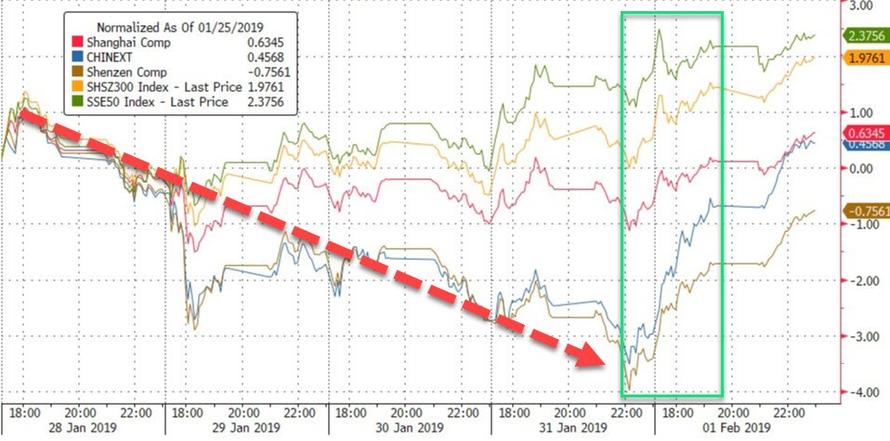
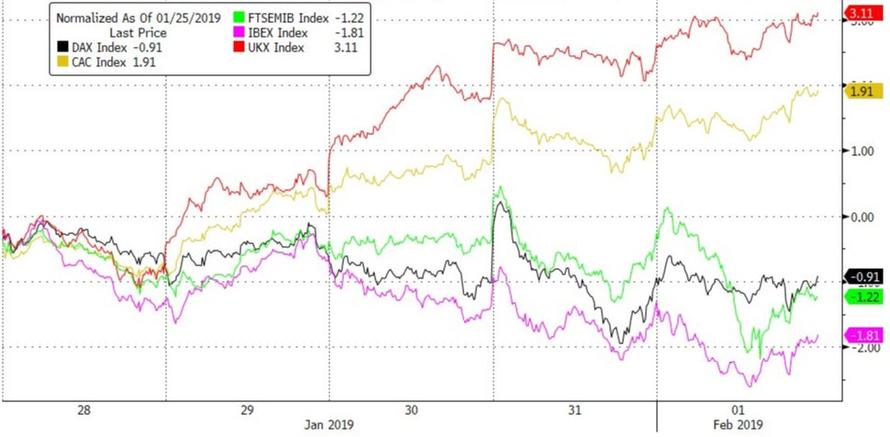
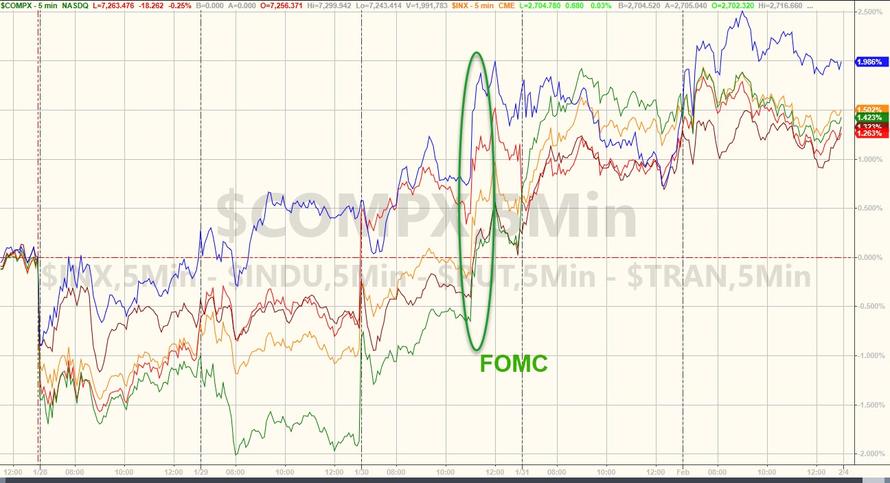
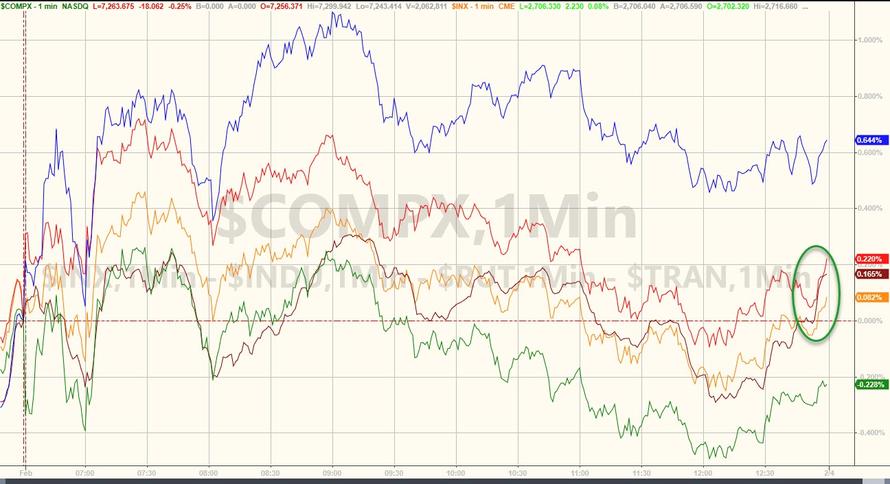
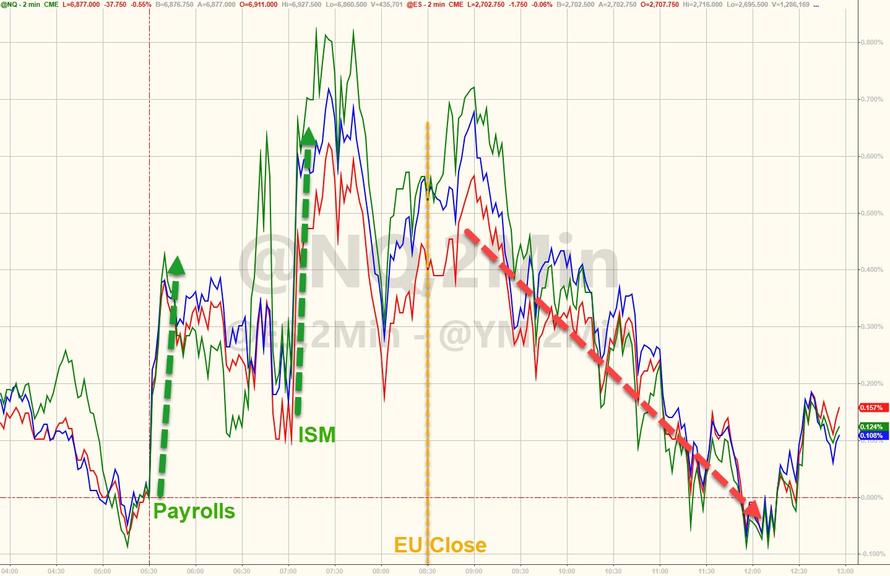
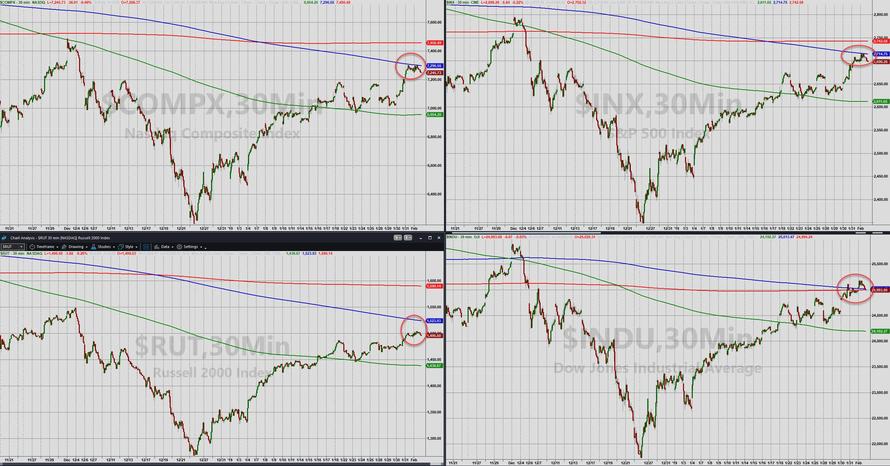
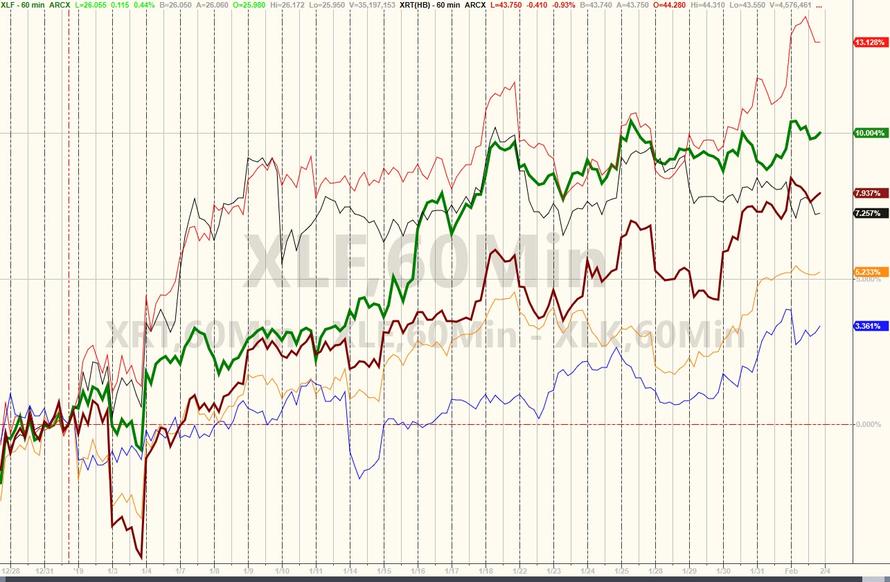



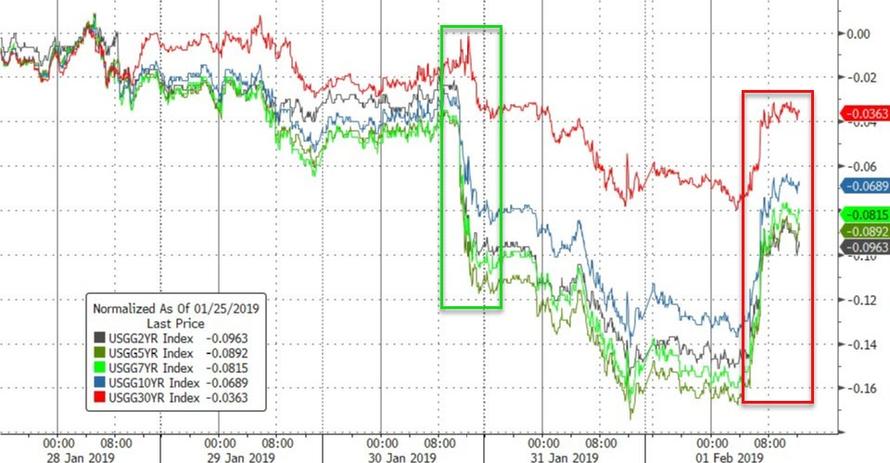



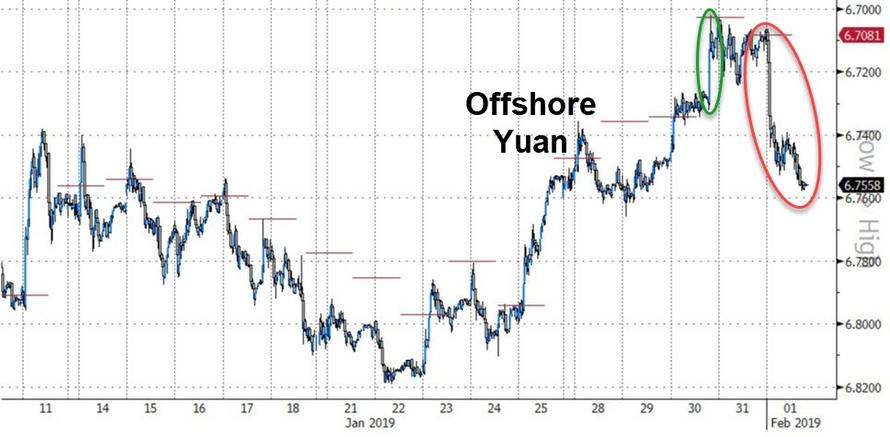
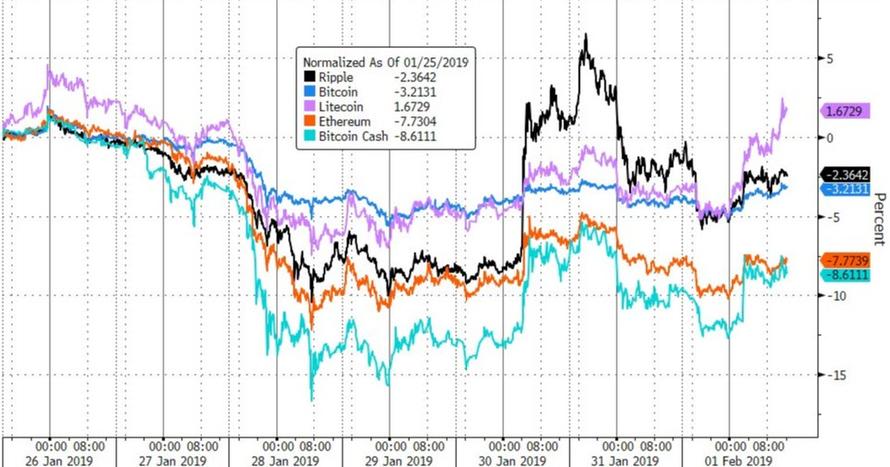

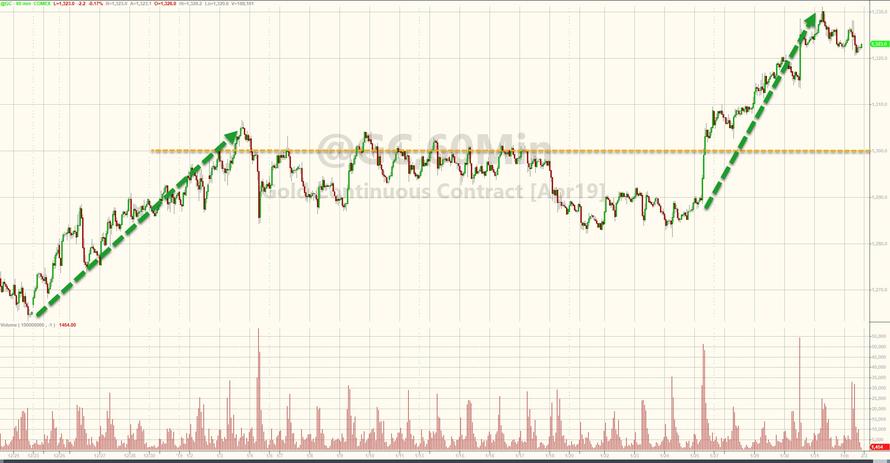
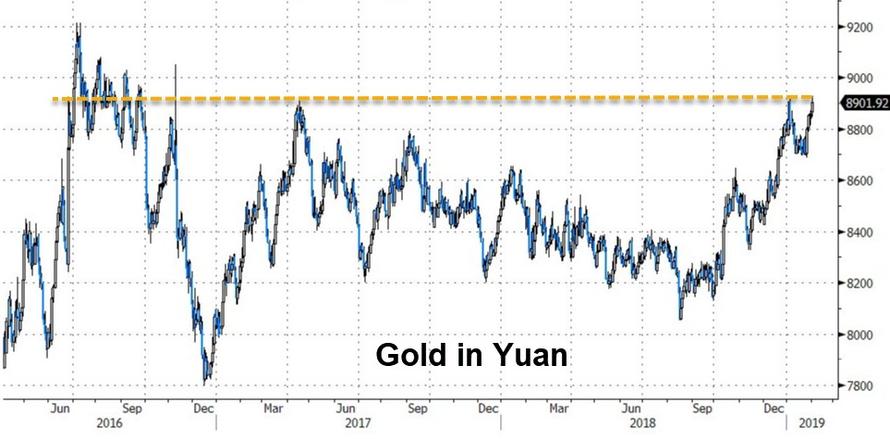
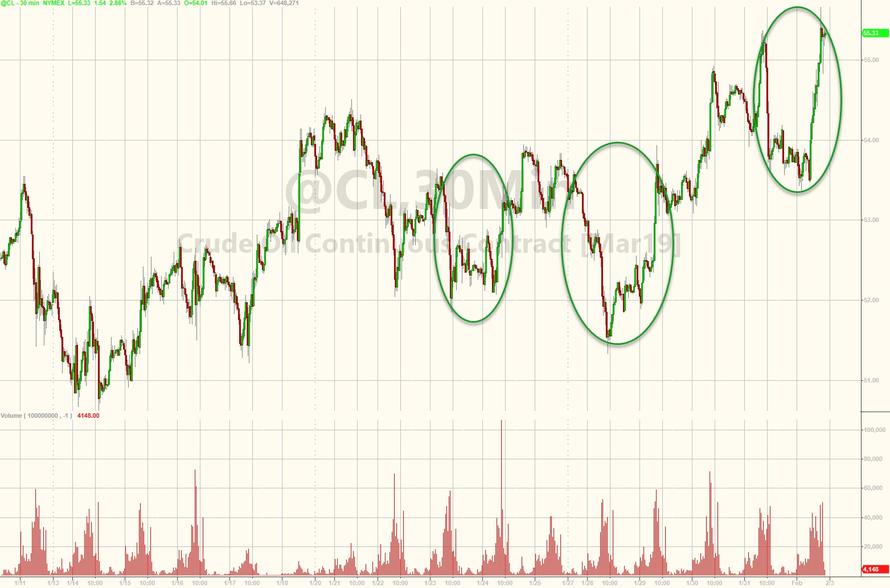
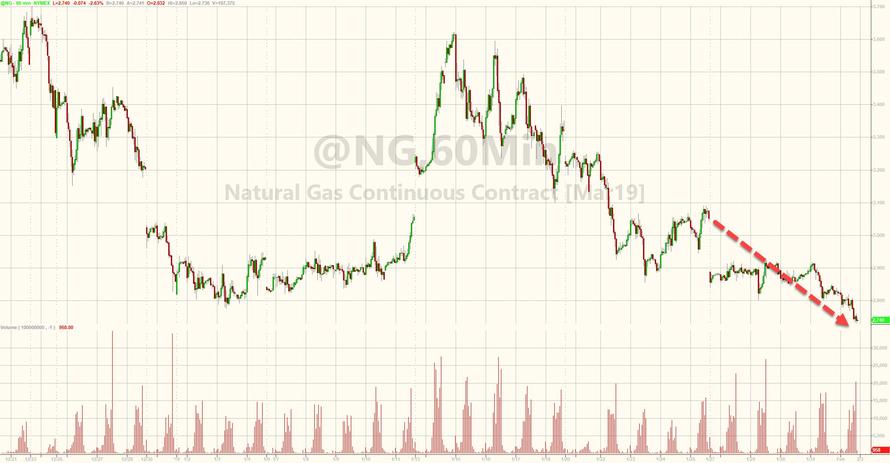
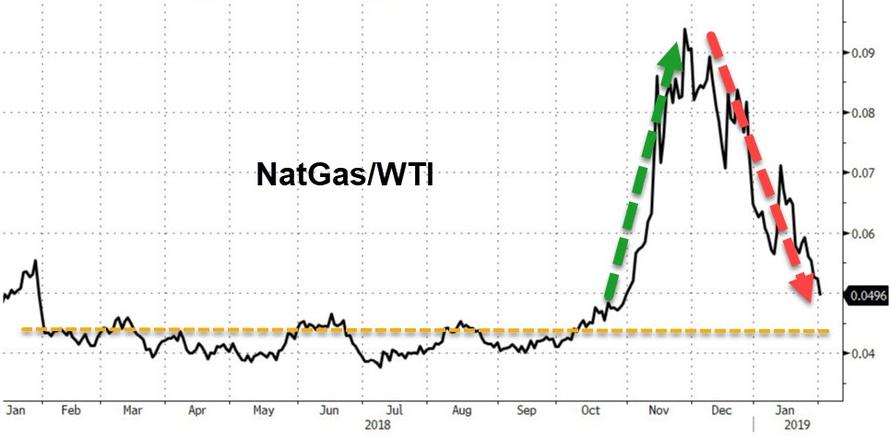



 Sen. Cory Booker’s (D–N.J.) announcement today that he’ll seek the 2020 Democratic nomination for president prompted various political analysts to
Sen. Cory Booker’s (D–N.J.) announcement today that he’ll seek the 2020 Democratic nomination for president prompted various political analysts to 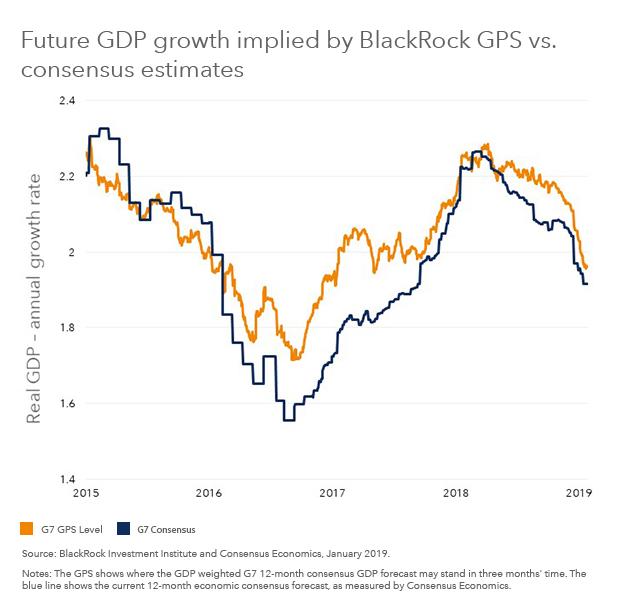
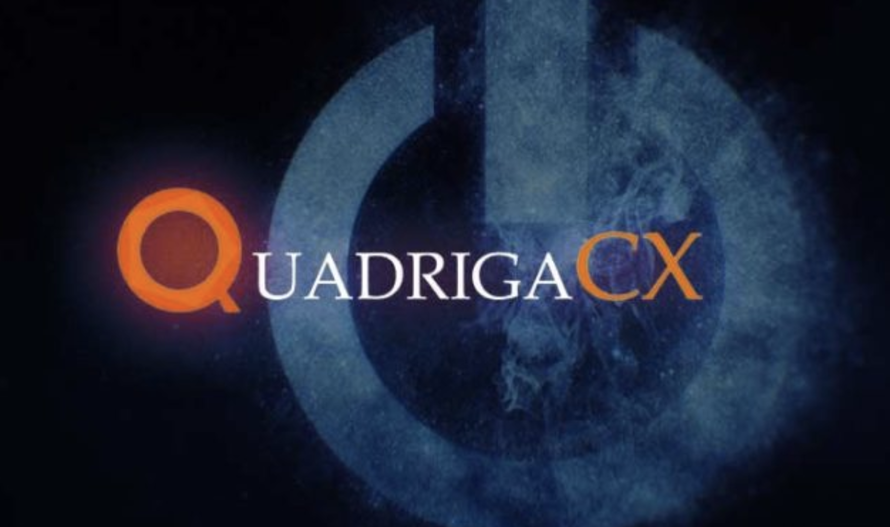
 Since the Anti-Drug Abuse Act was passed in 1988, every presidential administration has been required by law to publish a document each year outlining its plans for addressing illicit drug use.
Since the Anti-Drug Abuse Act was passed in 1988, every presidential administration has been required by law to publish a document each year outlining its plans for addressing illicit drug use. People who remain skeptical about global warming have been
People who remain skeptical about global warming have been  Hip, wisecracking and restlessly bored, Nadia slips out of the bathroom at her 36th birthday party for a booty call. Wham! She’s hit by a taxi and the vision in her lifeless eyes fades to black—and then pops back into focus at that same bathroom mirror. Wow. What was in that joint? Better head home for bed, this time alone. Wham! She gets knocked into a river and drowns, only to show up at the mirror again. What the hell? An even swifter exit that ends in a neck-breaking fall down the stairs. Wham! And… .
Hip, wisecracking and restlessly bored, Nadia slips out of the bathroom at her 36th birthday party for a booty call. Wham! She’s hit by a taxi and the vision in her lifeless eyes fades to black—and then pops back into focus at that same bathroom mirror. Wow. What was in that joint? Better head home for bed, this time alone. Wham! She gets knocked into a river and drowns, only to show up at the mirror again. What the hell? An even swifter exit that ends in a neck-breaking fall down the stairs. Wham! And… .